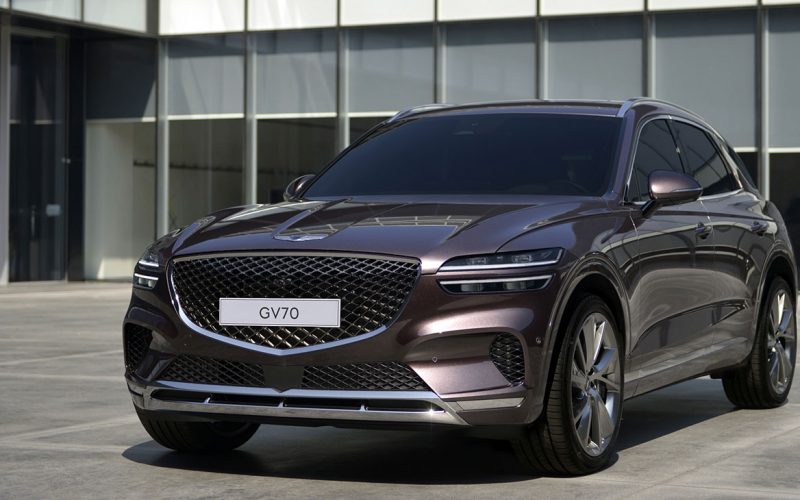
Reading Time: 4 minutesSometimes being late to the game is a good thing, evidenced by Hyundai’s standalone luxury brand,
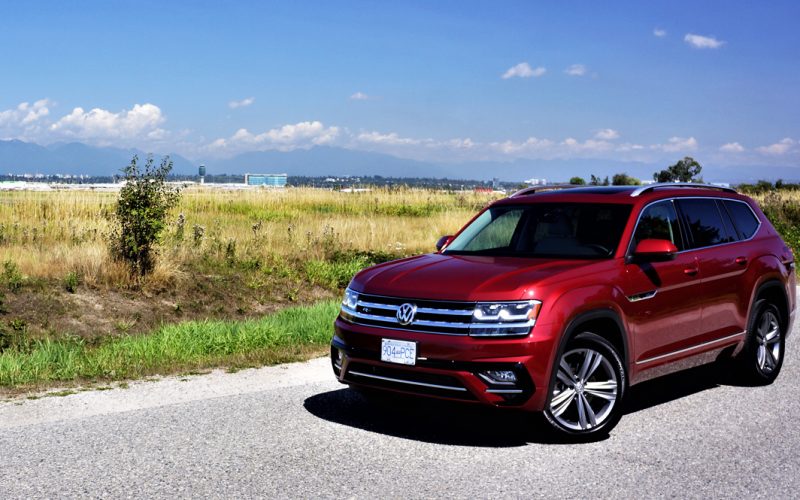
Reading Time: 12 minutesThe health crisis has caused mayhem in many industries, and while the auto sector hasn’t been
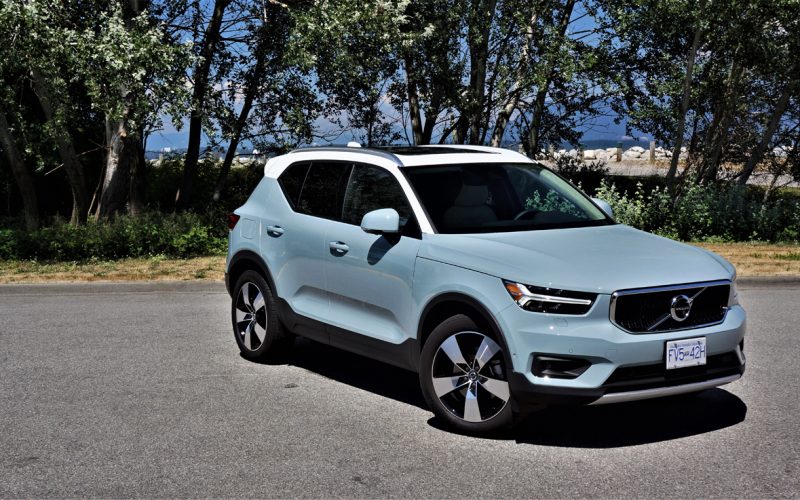
Reading Time: 11 minutesSo, you need to get rid of your old car and want something that looks good,
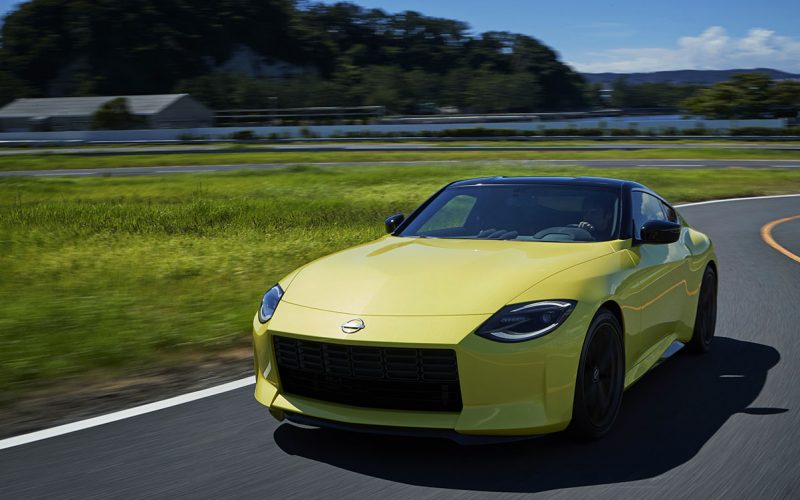
Reading Time: 8 minutesWhen an automaker creates a sports car as immediately classic as the now legendary 240Z, it’s
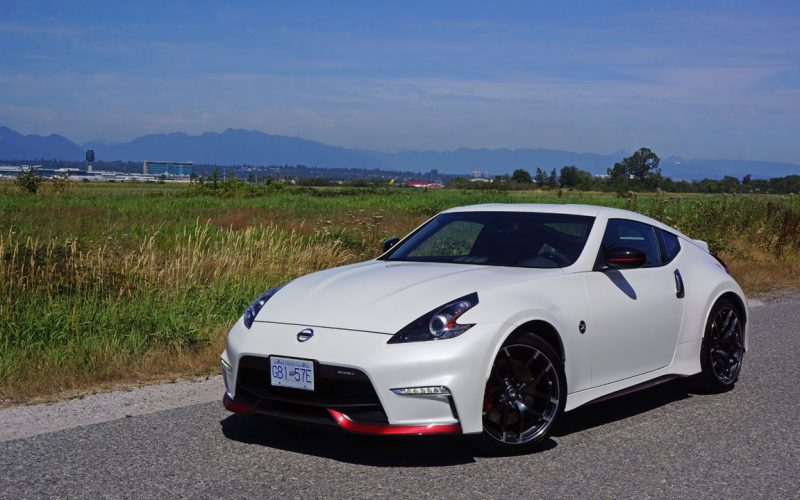
Reading Time: 9 minutesDid you see the new Z (check out the gallery above)? The Z Proto, which dropped
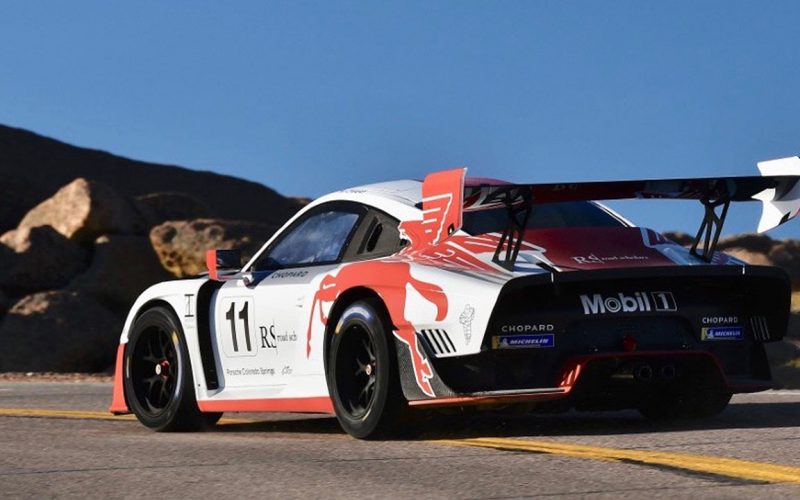
Reading Time: 3 minutesJust in case you missed it, racing legend Jeff Zwart, already with 16 Pikes Peak hill
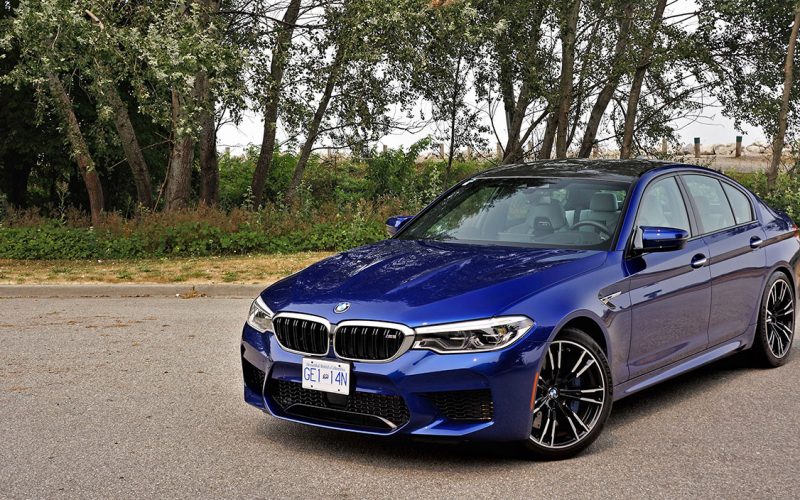
Reading Time: 9 minutesHave you ever wanted something so badly that you fell asleep at night thinking about it

Reading Time: 4 minutesTo many sports fans, esports aren’t actually counted as sport. Certainly, esports require high levels of
© 2025 The Car Magazine. All Rights Reserved, Privacy Policy | Terms of Use